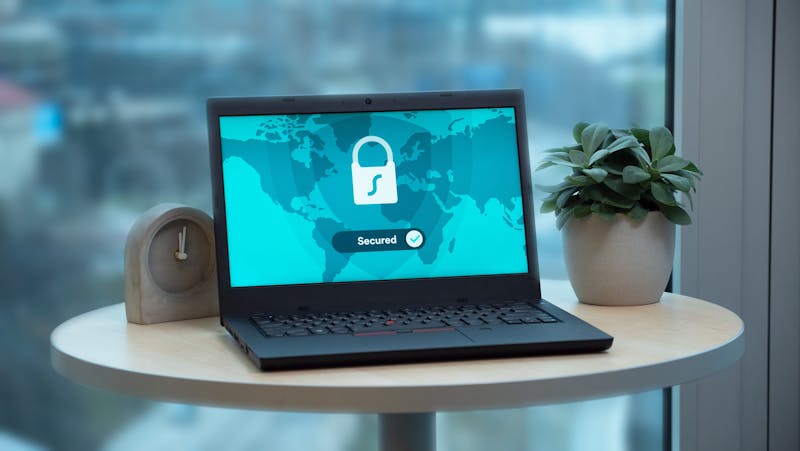How to Set Up an IT Infrastructure For Your Small Business
An IT infrastructure is comprised of all the components that play a role in all IT or IT enabled functions – which, in business these days is pretty much everything – including all composite hardware, software, services and network resources required for the operational practices of an business focused IT environment.
Developing an internal IT infrastructure is essential for your business to competently deliver IT solutions and services to your employees, partners and customers, even for business growth and productivity.
Yet the ubiquity of networking and computing technologies, and their often unsung hero status even within corporate environments, leads many to confusion as exactly what is necessary and how to set one up. Even just figuring out the necessary minimum tools can be difficult; from file sharing and collaboration services, to communications, to network security and stability, help desk support, and hardware management programs, the options are vast and guidance scant.
Ultimately, the setup of your IT infrastructure has to be realistic to the needs of your business, but approaching your strategy with the 5 tips below can help you develop a long-term, sustainable, and scalable infrastructure, no matter your size, industry, or plan.
Need a company who can help you setup your IT infrastructure?
Building IT Infrastructure
Start with the Essentials
With any business IT infrastructure, comes a few essentials that should be prioritised above all else.
Hardware
Obviously, without your hardware you’re not going to have much of an infrastructure to begin with, but a decent hardware setup is much more than deciding whether you’re on Apple or Windows. Setting up a sufficient infrastructure begins with a decent server.
Of course, working without a server is fine when you’ve got under 3 work stations, but if you’re planning on scaling up, it becomes a necessary to investment. A practical server costing no more than a desktop computer can service 25 or more users, but for most small operations, a ratio of one server to ten users is ideal.
Software
Your software concerns range from the operating system your network will be running upon, to the productivity tools you and your team need for daily life in the office. Think about the needs of your business and shop around for the tools and software that will either aid or streamline your processes.
Microsoft Office isn’t the only option, Google’s G-Suite allows you to create, edit and share documents online, offering a greater ease of accessibility for joint team projects, but problematic if the internet shuts down.
If you’re an ecommerce business, now is the key time to shop around for point of sale technology. Analyse your needs and respond to them.
Communication
Email is a key communication tool for your business. Getting the right system is essential if you want to be able to communicate effectively and manage the messages you send and receive
Although it is possible to set up and run an email system in-house, this is only really practical if you have your own server. New and smaller companies usually find that relying on a separate email service provider gives them more flexibility and reduces their management overheads.
It’s hard to compare email service providers unless you have some idea of what you might need, but a helpful way to start is to think about; how many email addresses you need, how your business is likely to grow and what software and devices you use.
Because email is usually a business-critical service, it’s important to check what support your email service provider can offer in terms of service hours and response time.
Outsourcing IT Infrastructure
If you are, however, setting up your own email system, the amount of time you’re going to spend slaving over management, as well as the minefield that is email security, it may be more beneficial to hire an IT support service.
However, IT support is not just to do your email dirty work for you, they can offer you the support and knowledge your IT infrastructure needs to survive, allowing you to spend less time worrying about how to integrate your CRM software, and more time focusing on your growing your business. Similarly, by outsourcing your IT department, it ensures you’ve got a dedicated IT team that can assist with server support, data protection and computer security, whilst keeping the costs of your core team’s operational costs down.
Tips for Building an IT Infrastructure
Aim for Simplicity
Simplicity is key to a small business’s success, rather than attempting to customise your infrastructure to meet all your clients needs, it’s best to opt for a standardised approach, especially when it comes to buying products. Choosing standardised products reduces the need for complex and costly training programmes, onboarding and troubleshooting costs, and implementing vendor updates.
Make it Scalable
It’s important that as you set about developing your IT infrastructure that you keep in mind the potential future growth of your business, as well as any existing business plans. Whilst a basic file sharing service might work well with your current 20 employees, 5 years later, after a couple hundred more employees, that same system is going to struggle under the extra strain, unravelling quickly, and taking your business with it.
It’s essential to procure products with administrative scalability, growth potential and with the option for to add functionalities at a later date. Doing the leg work now will help you avoid future switching costs such as company-wide retraining, not to mention skipping the headache of lost and irrecoverable data.
Luckily, with the multitude of cloud based services offered today, it’s easier than ever to scale your costs and functions with your requirements. Cost and labour effective, cloud based systems are extremely adaptive and high functioning, and amongst a host of other benefits, extremely scalable across size, distance and industry.
Keep Processes Intuitive
It’s important that, when setting up your IT infrastructure, you set clear boundaries and processes to follow from the outset, opting always for permanent and traceable fixes. As a business owner or manager, you need to avoid the urge to over engineer your system, building up a web of cheap temporary fixes to patch up problems and creating a mass of implicit knowledge, that, if you left the company, it would still be able to function. Often, the burden of maintaining and remembering all of your temporary band-aids becomes so high, and the systems so inordinately complex, it becomes impossible to take a break, or delegate responsibility.
As stated above, to keep your business agile, set out structural guidelines and administrative procedures for all employees to follow, including yourself, when implementing a structural change.
Take Note of Good Vendor Relationships
When seeking out software, services, or IT Support, look at the early stages of your relationships as indicators of future support. If they respond quickly and efficiently when you have a problem, or, if you have to wait on the phone for hours just to get through to the first of four levels of tech support, chances are, this is how they’re going to respond from now on.
When enquiring about and evaluating products and services, it’s a good idea to build peer relationships with the support and sales staff, creating a direct line for later troubleshooting and potential queries.






